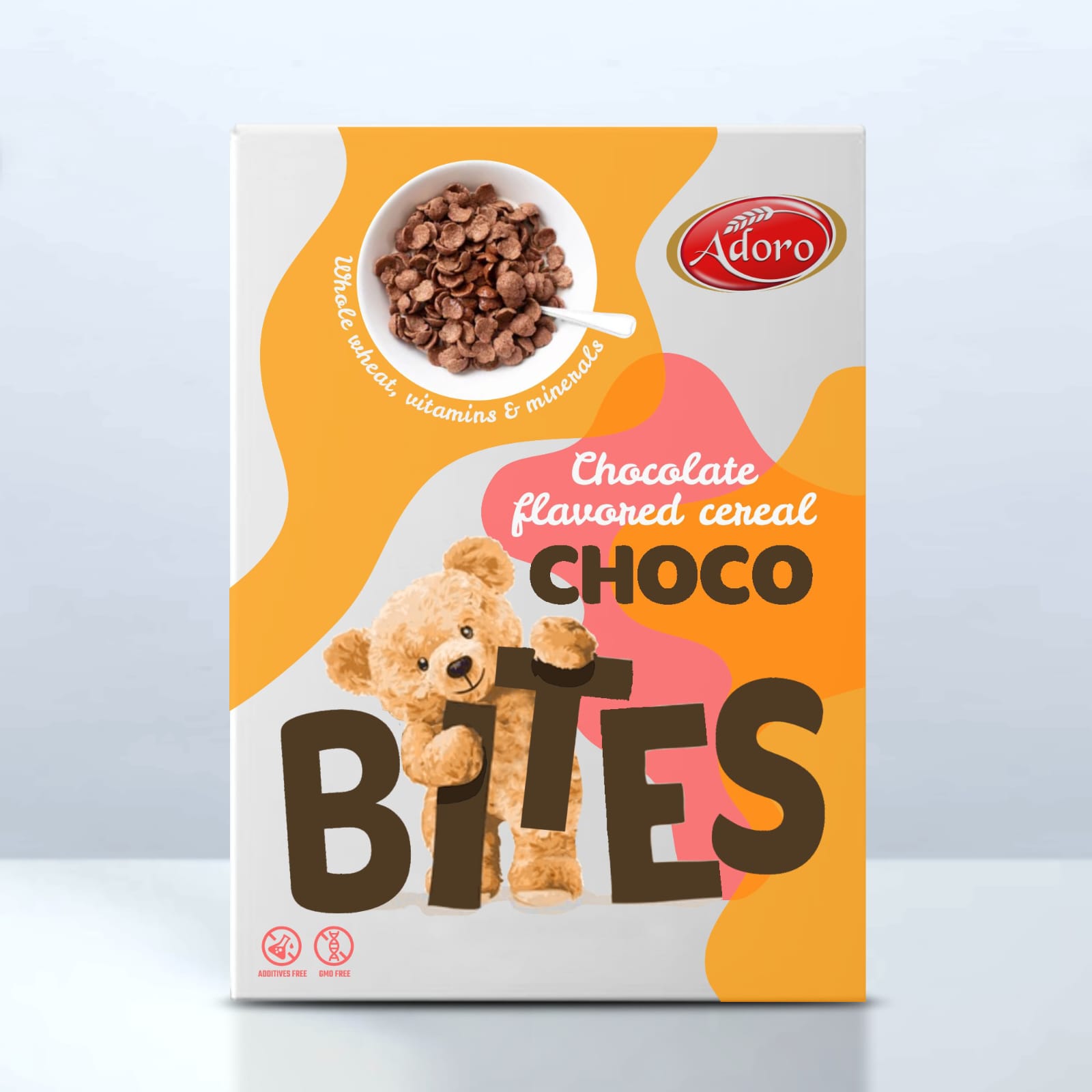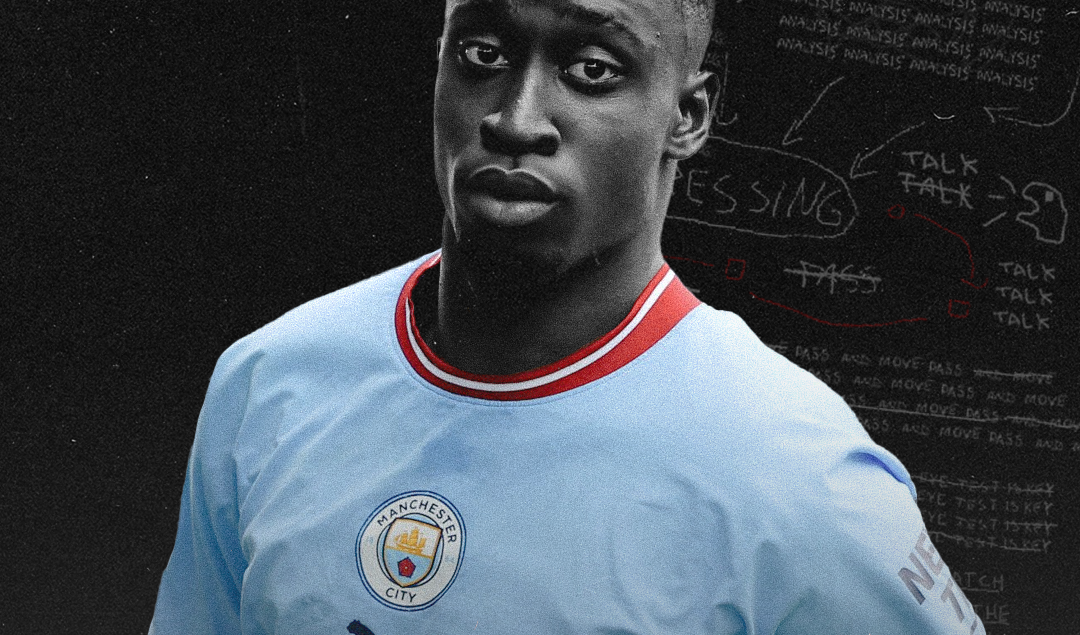Cereal Packaging Boxes: The Complete Guide for Brands and Consumers

Cereal has long been one of the most popular breakfast foods across the globe. From crunchy cornflakes and sugary favorites to high-fiber, health-conscious blends, cereals come in many varieties. But no matter the type, one factor plays a vital role in how cereals are stored, displayed, and consumed—cereal packaging boxes.
Packaging is not just about enclosing a product. It is about preserving freshness, ensuring safety, communicating brand identity, and influencing buying decisions. In the cereal industry, packaging has become just as important as the product itself. With competition from global giants and niche organic brands, the right cereal packaging can set a product apart on crowded supermarket shelves.
This article explores everything you need to know about cereal packaging, including their design, materials, marketing potential, sustainability, and the rise of custom cereal boxes in today’s branding landscape.
Why Cereal Packaging Boxes Matter
Cereal packaging is more than a protective layer; it’s an intersection of science, art, and marketing. Without proper packaging, cereal could quickly lose its crunch, flavor, and appeal. The box also acts as the first touchpoint between a brand and its consumers.
Here are some reasons why cereal packaging boxes are so important:
- Freshness Preservation: Cereals are prone to becoming stale. Packaging ensures the cereal stays crunchy and appetizing for longer.
- Food Safety: Packaging prevents contamination, moisture, and pest infestation.
- Brand Identity: Eye-catching designs attract customers and communicate brand values.
- Convenience: Packaging provides easy storage, resealing, and portioning.
- Marketing Medium: The box is a mini billboard, often filled with product details, health benefits, and promotions.
In short, without the right packaging, even the tastiest cereal would struggle to succeed.
The Evolution of Cereal Packaging
Cereal packaging has an interesting history that reflects changing consumer behavior and marketing strategies.
Early Days
In the late 19th century, cereals like cornflakes were sold in barrels or loose packaging. These methods were unhygienic and often led to quality issues. The Kellogg brothers were among the first to introduce cereal in wax-paper-lined boxes, setting the standard for modern cereal packaging.
Mid-20th Century Boom
As cereal became a household staple, brands invested in colorful packaging to attract children and families. Characters like Tony the Tiger and Toucan Sam made their debut, using packaging as a storytelling tool.
Modern Era
Today, packaging combines advanced printing, eco-friendly materials, and interactive elements like QR codes. With the rise of custom cereal boxes, even small businesses can design professional-looking packaging that rivals big brands.
Types of Cereal Packaging Boxes
Different cereals require different packaging solutions depending on product type, target market, and distribution. Here are the most common options:
1. Standard Cardboard Boxes
The classic rectangular cereal packaging boxes seen in grocery stores. They usually contain a plastic or foil inner bag for freshness.
2. Single-Serve Mini Boxes
Small boxes often sold in multi-packs, perfect for schools, hotels, and travel.
3. Eco-Friendly Packaging
Boxes made from recycled or biodegradable materials, catering to environmentally conscious consumers.
4. Luxury or Premium Packaging
Used for organic or gourmet cereals, featuring high-end finishes like embossing, metallic foils, or matte laminations.
5. Custom-Shaped Boxes
Unique designs that break away from the rectangular norm to stand out on shelves.
6. Resealable Packaging
Some brands use resealable pouches or boxes to maintain freshness longer after opening.
The Role of Custom Cereal Boxes
In an age where personalization drives consumer behavior, custom cereal boxes have become a game-changer. They allow brands to tailor packaging to their specific needs, ensuring better shelf impact and stronger consumer connections.
Benefits of Custom Cereal Packaging
- Unique Branding: Custom designs help products stand out.
- Flexibility: Brands can choose size, shape, and printing finishes.
- Target Audience Appeal: Child-friendly boxes may feature cartoons, while health cereals use clean and minimalistic designs.
- Marketing Versatility: Companies can include QR codes, contests, and personalized messages.
- Sustainability Options: Eco-friendly custom boxes appeal to green-conscious buyers.
For new entrants in the cereal industry, custom cereal boxes provide an affordable yet powerful branding tool.
Best Cereal Boxes in the Market
When we talk about the best cereal boxes, we can look at both packaging design and consumer impact. Several brands have perfected the art of cereal packaging:
- Kellogg’s Cornflakes
- Iconic red packaging with a simple design, instantly recognizable worldwide.
- Cheerios by General Mills
- Minimal yet effective packaging that emphasizes health and family appeal.
- Froot Loops
- Vibrant colors and playful mascots, targeting children and making breakfast fun.
- Special K
- Sleek, elegant packaging aimed at health-conscious adults.
- Nature’s Path Organic
- Eco-friendly packaging that emphasizes sustainability and organic living.
These examples show how design, branding, and packaging material can influence consumer perception.
Designing Effective Cereal Packaging Boxes
Good design is at the heart of successful packaging. Brands must balance visual appeal with practicality.
Key Elements of Effective Packaging:
- Brand Logo & Colors: Immediate recognition on shelves.
- Product Information: Nutritional facts, ingredients, and certifications.
- Visual Appeal: Graphics, mascots, and vibrant imagery to attract attention.
- Convenience: Easy to open, reseal, and store.
- Differentiation: A design that stands out from competitors.
Modern brands also integrate digital elements like QR codes, AR experiences, and social media hashtags.
Materials Used in Cereal Packaging
The choice of material directly affects cost, sustainability, and customer perception. Common materials include:
- Cardboard: Lightweight, printable, and recyclable.
- Plastic Liners: Used inside boxes to keep cereals fresh.
- Biodegradable Films: Eco-friendly alternatives to plastic.
- Paperboard: Durable and cost-effective for mass production.
With rising consumer awareness, many companies are shifting toward recycled and compostable materials.
Sustainability in Cereal Packaging
Sustainability has become a top priority for consumers and companies alike. Many are asking: Are cereal boxes recyclable? The answer is yes—most are made from recyclable paperboard.
Trends in sustainable packaging include:
- Reduced use of plastics.
- Compostable inner bags.
- Minimal ink printing for eco-friendliness.
- Packaging that educates consumers about recycling.
Brands adopting eco-friendly cereal packaging boxes are not only helping the planet but also gaining customer trust.
Marketing Through Cereal Packaging
Cereal boxes have long been a medium for marketing campaigns, especially targeting children. From puzzles and games to collectible toys, packaging has been used creatively for decades.
Modern techniques include:
- Interactive Packaging: QR codes that link to games, recipes, or contests.
- Storytelling: Sharing brand values or product origin stories.
- Seasonal Editions: Limited-edition packaging for holidays or special promotions.
- Cross-Brand Collaborations: Partnerships with movies, cartoons, or sports brands.
The best cereal boxes often combine nostalgia with innovation, making them memorable.
Challenges in Cereal Packaging
Despite its importance, cereal packaging faces some challenges:
- Environmental Impact: Balancing freshness with eco-friendly options.
- Cost Management: High-quality packaging can be expensive.
- Consumer Trends: Health-focused buyers demand cleaner, simpler designs.
- Global Regulations: Different countries have labeling and recycling laws.
Brands must constantly adapt to stay competitive.
Future Trends in Cereal Packaging Boxes
The future of cereal packaging is set to be innovative and consumer-focused. Anticipated trends include:
- Smart Packaging
- Sensors that track freshness or provide digital experiences.
- Personalized Packaging
- Limited runs where consumers can add their names or photos.
- Eco-First Designs
- 100% compostable cereal boxes and liners.
- Minimalist Aesthetics
- Clean, modern packaging appealing to health-conscious consumers.
- E-Commerce Friendly Packaging
- Durable and compact boxes for online orders and subscriptions.
Conclusion
Cereal packaging boxes are not just containers—they are powerful tools that combine practicality, branding, sustainability, and consumer engagement. From custom cereal boxes designed for startups to the world’s best cereal boxes that have become icons, packaging continues to shape the cereal industry.
As competition grows and consumer preferences shift toward health, sustainability, and personalization, brands must innovate with their cereal packaging strategies. Whether through eco-friendly designs, interactive marketing, or unique customizations, the future belongs to those who recognize packaging as more than just a box—it’s an experience.
For businesses, investing in the right cereal packaging is not optional; it’s essential. And for consumers, the box you pick from the shelf is not just holding cereal—it’s telling a story.
